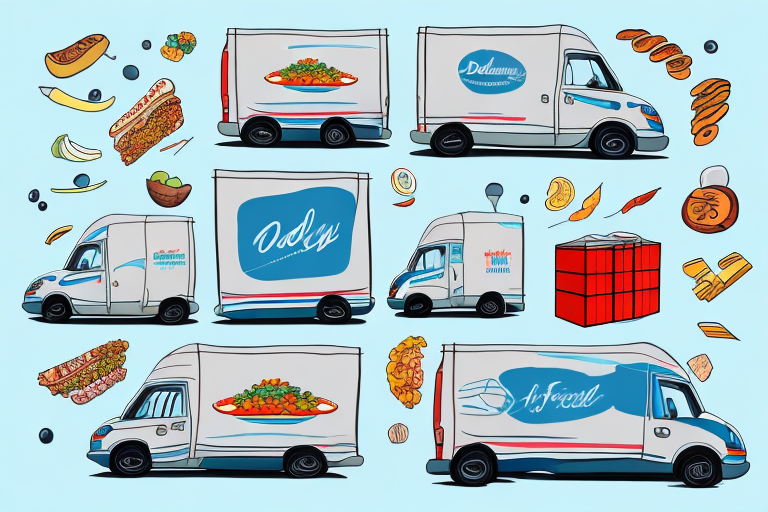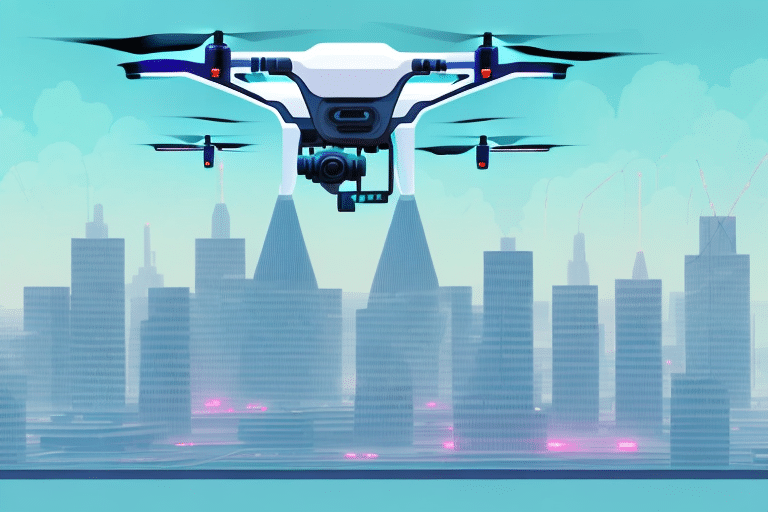Why Food Courier Services Are Gaining Popularity
Food courier services have experienced a surge in popularity, driven by the increasing demand for convenience and a diverse range of culinary options. According to a Statista report, the global food delivery market is projected to reach $182.3 billion by 2025. This growth is largely attributed to the ease of online ordering and the ability to access a wide variety of restaurants from the comfort of one's home.
- Convenience: Order meals with just a few clicks from your smartphone or computer.
- Variety: Access to a wide range of restaurants and cuisines without leaving home.
- Affordability: Competitive pricing and frequent promotions make food delivery accessible to many.
How Food Courier Services Operate
Food courier services act as intermediaries between customers and local restaurants. Customers place orders through the service’s website or app, which are then relayed to the respective restaurant for preparation. Once the order is ready, delivery drivers pick it up and deliver it directly to the customer's specified location. Many platforms offer real-time tracking, enhancing transparency and customer satisfaction.
Partnering with Local Restaurants
By collaborating with a diverse array of restaurants, food courier services expand their offerings and support local businesses. This partnership allows restaurants to reach a broader customer base without the need to invest in their own delivery infrastructure.
Benefits of Using Food Courier Services
Convenience and Time-Saving
Food courier services are particularly beneficial for individuals with busy schedules, allowing them to enjoy restaurant-quality meals without the time commitment of cooking or dining out. According to a PwC survey, 60% of consumers cited convenience as the primary reason for using food delivery services.
Wide Variety of Cuisine
From traditional dishes to exotic international flavors, food delivery platforms offer an extensive selection that caters to diverse tastes and dietary preferences. This variety enables customers to explore new cuisines with ease and tailor their orders to specific nutritional needs.
Cost-Effectiveness
With various pricing options, discounts, and loyalty programs, food delivery can be a cost-effective alternative to dining out. Additionally, meal prepping and bulk ordering through courier services can further reduce costs.
Supporting Local Businesses
Utilizing food courier services supports local restaurants by increasing their reach and customer base, contributing to the local economy. During the COVID-19 pandemic, many restaurants relied heavily on delivery services to sustain their operations.
Safety and Hygiene Standards in Food Delivery
In response to health concerns, especially heightened by the COVID-19 pandemic, food courier services have implemented stringent safety and hygiene protocols. These include contactless deliveries, temperature-controlled transportation, and tamper-evident packaging to ensure food safety.
According to FDA guidelines, maintaining proper food handling practices is essential to prevent contamination and ensure consumer safety.
The Environmental Impact of Food Delivery Services
While food delivery offers numerous benefits, it also presents environmental challenges such as increased packaging waste and carbon emissions from delivery vehicles. To address these issues, many services are adopting eco-friendly practices like using biodegradable packaging and promoting electric or hybrid delivery vehicles.
Research from the Environmental Protection Agency highlights the importance of sustainable practices in reducing the environmental footprint of food delivery.
Choosing the Right Food Courier Service
With numerous food delivery options available, selecting the right service can enhance your experience. Consider factors such as delivery time, fees, menu variety, customer reviews, and service reliability. Evaluating these aspects can help you find a service that best suits your needs.
- Check delivery times and availability in your area.
- Compare fees and look for any hidden charges.
- Review customer feedback and ratings.
- Explore menu options to ensure they meet your preferences.
The Future of Food Delivery: Trends and Innovations
The food delivery industry is evolving with technological advancements and changing consumer preferences. Emerging trends include the use of drones and autonomous vehicles for deliveries, integration of artificial intelligence for personalized recommendations, and adoption of sustainable practices to minimize environmental impact.
Innovations such as virtual kitchens and ghost restaurants are also reshaping the landscape by optimizing operations and meeting the growing demand for food delivery.
In conclusion, food courier services provide significant benefits, including convenience, variety, and support for local businesses. By understanding how these services operate, considering their environmental impact, and choosing the right platform, consumers can enjoy reliable and enjoyable meal delivery experiences.




















